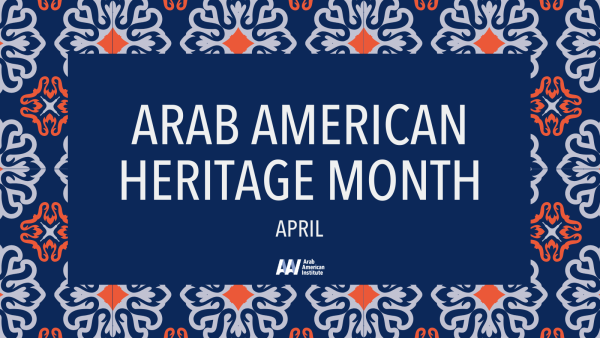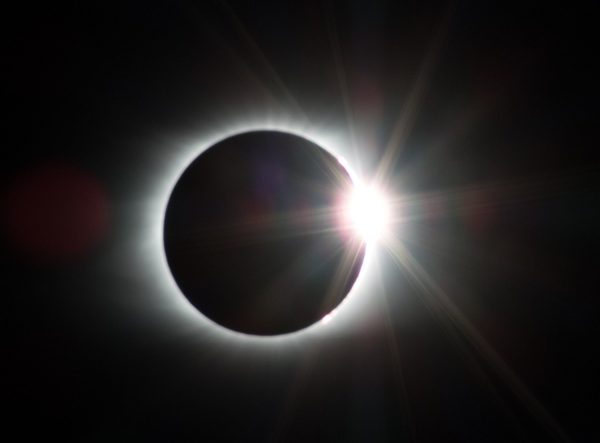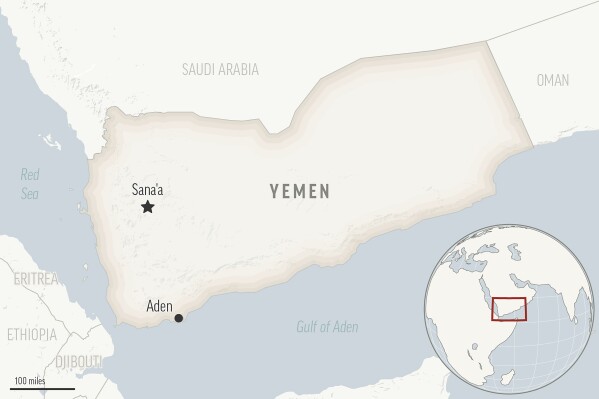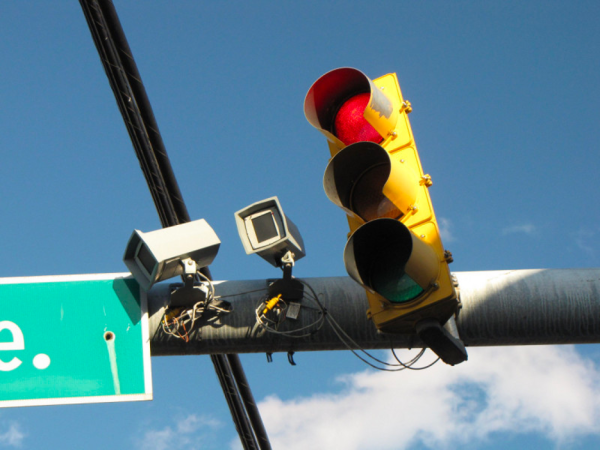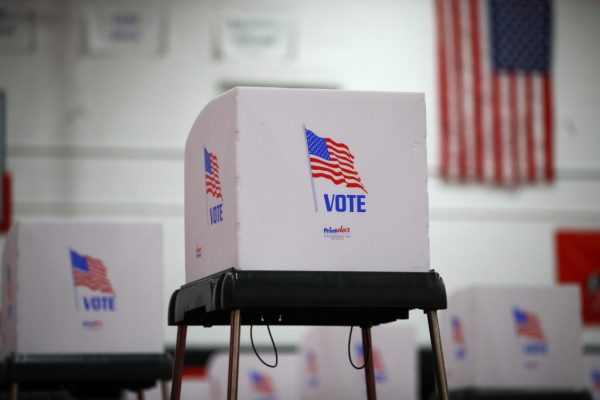Ukraine and 1000 Years of Struggle
April 3, 2022
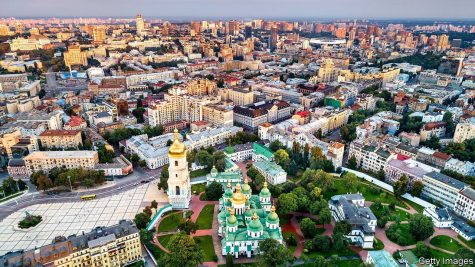 While many will trace the conflict between Russia and Ukraine back to 2014 with the Euromaidan protests and the Russian annexation of Crimea, the origins of the current conflict can be found hundreds of years ago. Starting in the 10th century, what we now call Ukraine was once a part of the Kievan Rus, a large eastern European state that also encompassed much of eastern Russia. The modern-day capital of Ukraine, Kiev, was an essential part of this state, becoming a major center of trade. Going into the 12th century, the Kievan Rus saw a period of great prosperity. It became the military hegemon of the region and adopted Orthodox Christianity, a faith still practiced in most of Russia and Ukraine. However, this era of prosperity did not last as, by 1240, the Mongol invasion brought an end to the Rus entirely, dismantling it into smaller vassal states. Ukraine was too not spared, as Ukrainian lands were divided, with much of the south under the direct control of the Mongols. For the next 200 years, Ukraine was occupied by foreign powers. The Commonwealth of Poland-Lithuania in the north, the Ottoman Turks in the south, and the Mongol rump state known as the Crimean Khanate still maintained control in the east. Soon, however, the once small state of Moscow started to grow in power.
While many will trace the conflict between Russia and Ukraine back to 2014 with the Euromaidan protests and the Russian annexation of Crimea, the origins of the current conflict can be found hundreds of years ago. Starting in the 10th century, what we now call Ukraine was once a part of the Kievan Rus, a large eastern European state that also encompassed much of eastern Russia. The modern-day capital of Ukraine, Kiev, was an essential part of this state, becoming a major center of trade. Going into the 12th century, the Kievan Rus saw a period of great prosperity. It became the military hegemon of the region and adopted Orthodox Christianity, a faith still practiced in most of Russia and Ukraine. However, this era of prosperity did not last as, by 1240, the Mongol invasion brought an end to the Rus entirely, dismantling it into smaller vassal states. Ukraine was too not spared, as Ukrainian lands were divided, with much of the south under the direct control of the Mongols. For the next 200 years, Ukraine was occupied by foreign powers. The Commonwealth of Poland-Lithuania in the north, the Ottoman Turks in the south, and the Mongol rump state known as the Crimean Khanate still maintained control in the east. Soon, however, the once small state of Moscow started to grow in power.
The Russian Tsardom soon moved further into eastern Europe, slowing those encroaching on Ukrainian lands. By the mid to late 17th century, the constant rebellions of Ukrainian Cossacks led to a major conflict between the great powers in the region. In the end, there was no true victor as Ukraine remained divided between the great powers in the east, with Russia dominating the center of the country. Over the next century, the Tsardom of Russia would soon form into the Russian Empire, expanding its borders further into Ukrainian territory. The Imperial government encouraged the Russian settlement of Ukrainian lands, forming the territory of Novorossiya or New Russia in the south. Throughout this period of constant fighting and conflict, the Ukrainian people were constantly caught in the crossfire, with the Ukrainian identity itself under threat of assimilation. Once Russian domination over Ukraine was secure in the early 19th century, there were numerous attempts at Russification of the Ukrainian people, restricting their language and culture. However, like many ethnic groups across eastern Europe, the spur of nationalism brought a revival of Ukrainian art, intellectualism, and the idea of an independent Ukrainian nation.
It would not be long until Ukraine became an independent country in 1918 after the Russian defeat in World War One. However, like in centuries past, the nation was surrounded by other powers that eyed its territory. By the 1920s, Ukraine was once again conquered and divided between Poland and Russia, now the Soviet Union. Once a part of the USSR, Ukraine faced a devastating famine in the early 1930s, resulting in over three and a half million deaths. While the main causes of the famine are disputed, many blame incompetence and neglect by the Soviet government in Moscow as the primary cause. Not long after, the German invasion during World War II desolated the Ukrainian Soviet Socialist Republic, with 1.5 million Ukrainian Jews being killed. Following the war, Ukraine remained a part of the Soviet Union until its dissolution in 1991. Now once again an independent nation after hundreds of years of foreign domination, Ukraine tried to find its own path on the world stage. Now, however, as it had for centuries, Ukraine once again faces invasion by a foreign power and fights for its survival as a truly independent nation. Even if the powers that be in Moscow might claim that the Ukrainian nation has no reason to exist, its long history shows this is not the case. Even in a time of struggle Ukraine has found a will to survive, whether it be as an independent nation, people, or culture.
